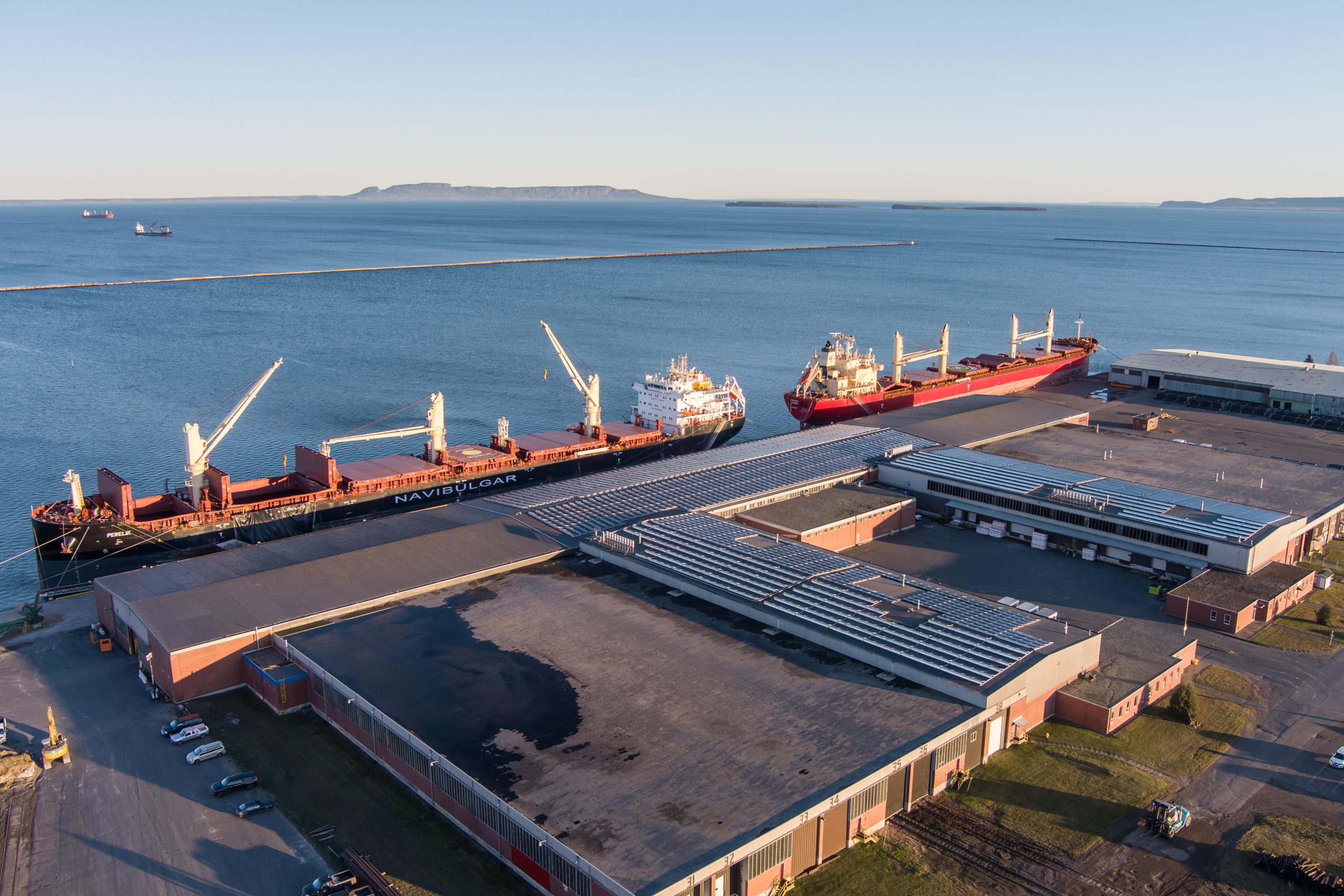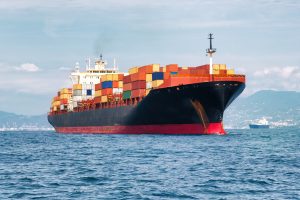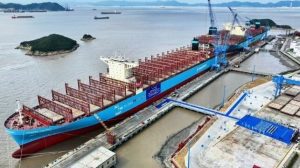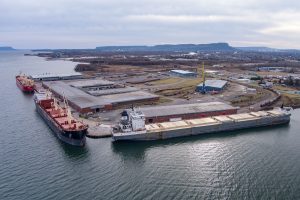The St. Lawrence Seaway today released new figures on its performance in the 2024 season. As of the end of August, 19.5 million metric tons of cargo had been shipped on the North American waterway versus 20.1 million tons a year earlier. Highlights were increases in general cargo, grain and liquid bulk.
As the season progresses, Seaway officials expect tonnage levels to remain on trend demonstrating the Seaway as a resilient, predictable and sustainable binational system for global shipping.
Grain throughput to end August totaled 5.2 million tons, a 5.6% increase. For general cargo, the cumulative total was 1.8 million tons – a strong 22.6% increase. Liquid bulk at 2.3 million tons was up 14.1 %. These increases helped to offset double-digit declines in iron ore, coal and dry bulk.
“The Great Lakes-St. Lawrence Seaway System continues to provide shippers a reliable route for a diverse range of commodities flowing in and out of the U.S. heartland,” said Adam Tindall-Schlicht, Administrator, Great Lakes St. Lawrence Seaway Development Corporation. “Cargo numbers continue to improve thanks to the dedicated workers at U.S. and Canadian ports and on the vessels who are keeping vital products like grain and steel moving efficiently through the Great Lakes maritime supply chain.”
“The St. Lawrence Seaway is a vital link in the supply chain that keeps our economies moving,” said Jim Athanasiou, President and CEO of the St. Lawrence Seaway Management Corporation. “Marine shipping on the Seaway is an environmentally-friendly method for transporting goods. That’s why we’re actively working with the Great Lakes St. Lawrence Seaway Development Corporation (GLS) on initiatives like the Green Shipping Corridor to further increase our sustainability.”
Cargos which showed significant increases compared to the same period in 2023 are:
- Grain 5.2 million metric tons of Canadian and U.S. grain, up by 277,000 mt or 5.6%
- Potash 849 thousand metric tons of Potash, a product mined in the prairies and used in agricultural fertilizers, up by 145,000 mt or 21%
- Petroleum 1.8 million metric tons of petroleum products, up by 385, 000 mt or 27%
- Iron and steel 1.3 million metric tons of iron and steel, up by 347,000 mt or 35%
(Photo of Port of Thunder Bay)








